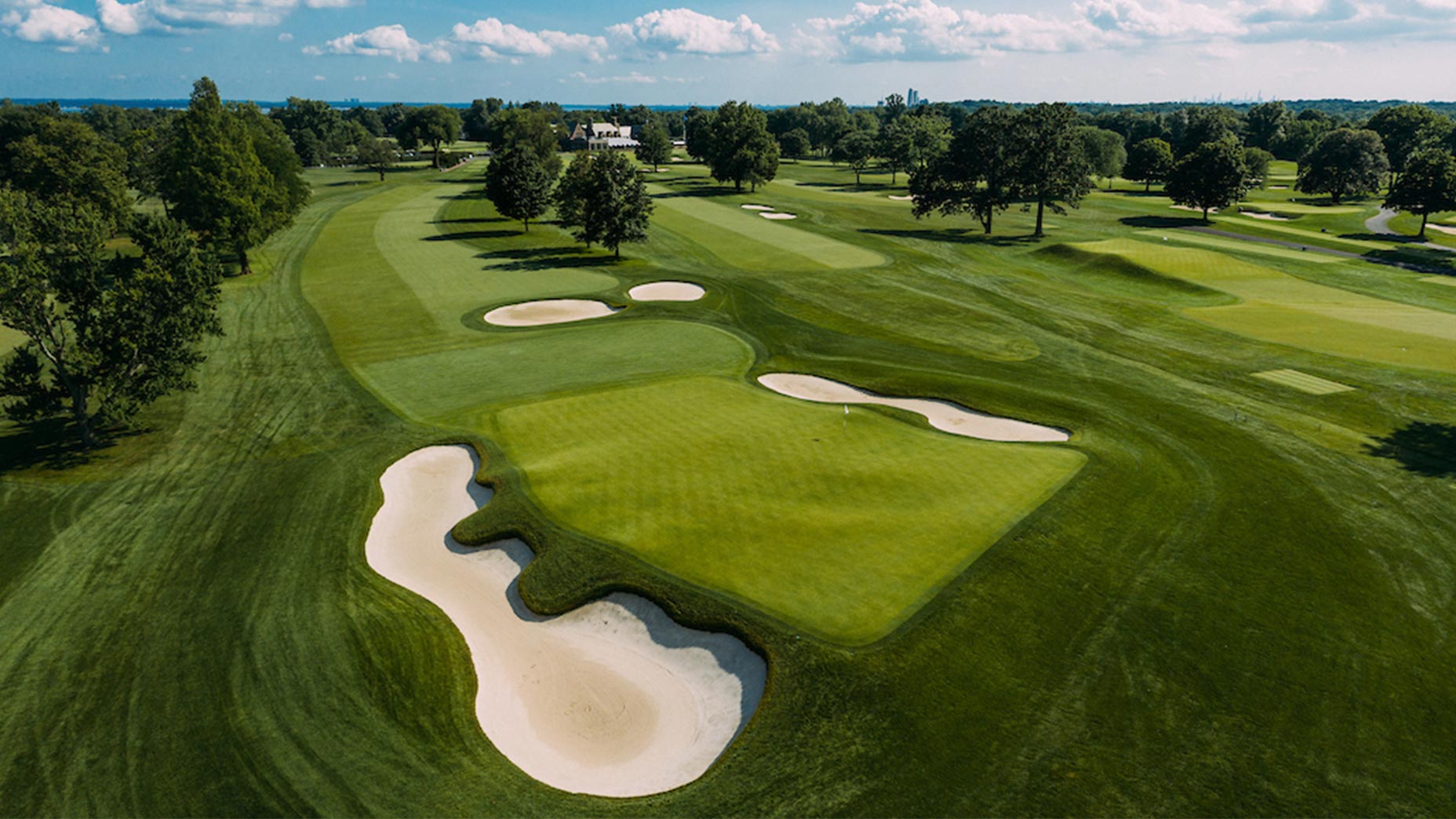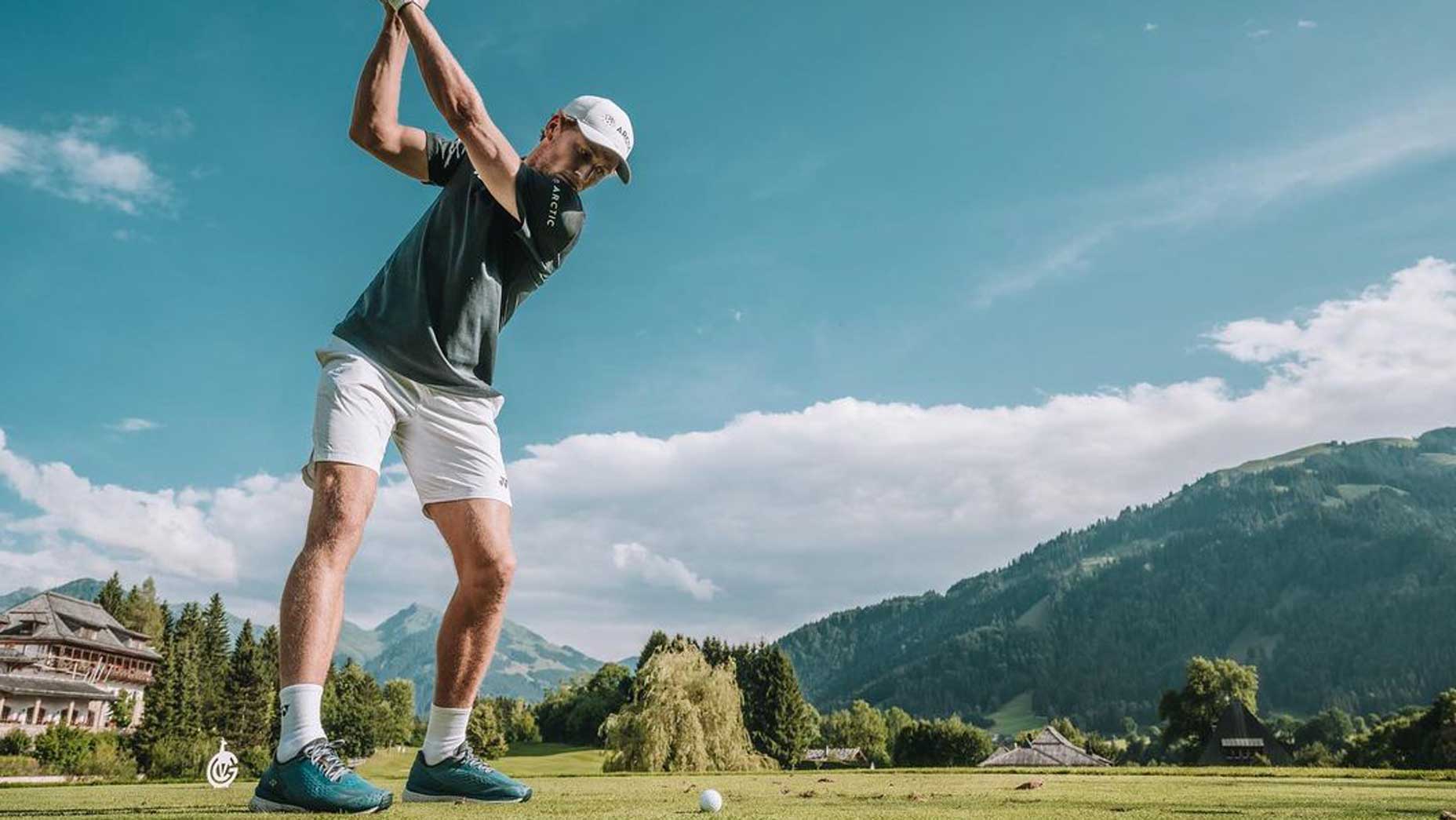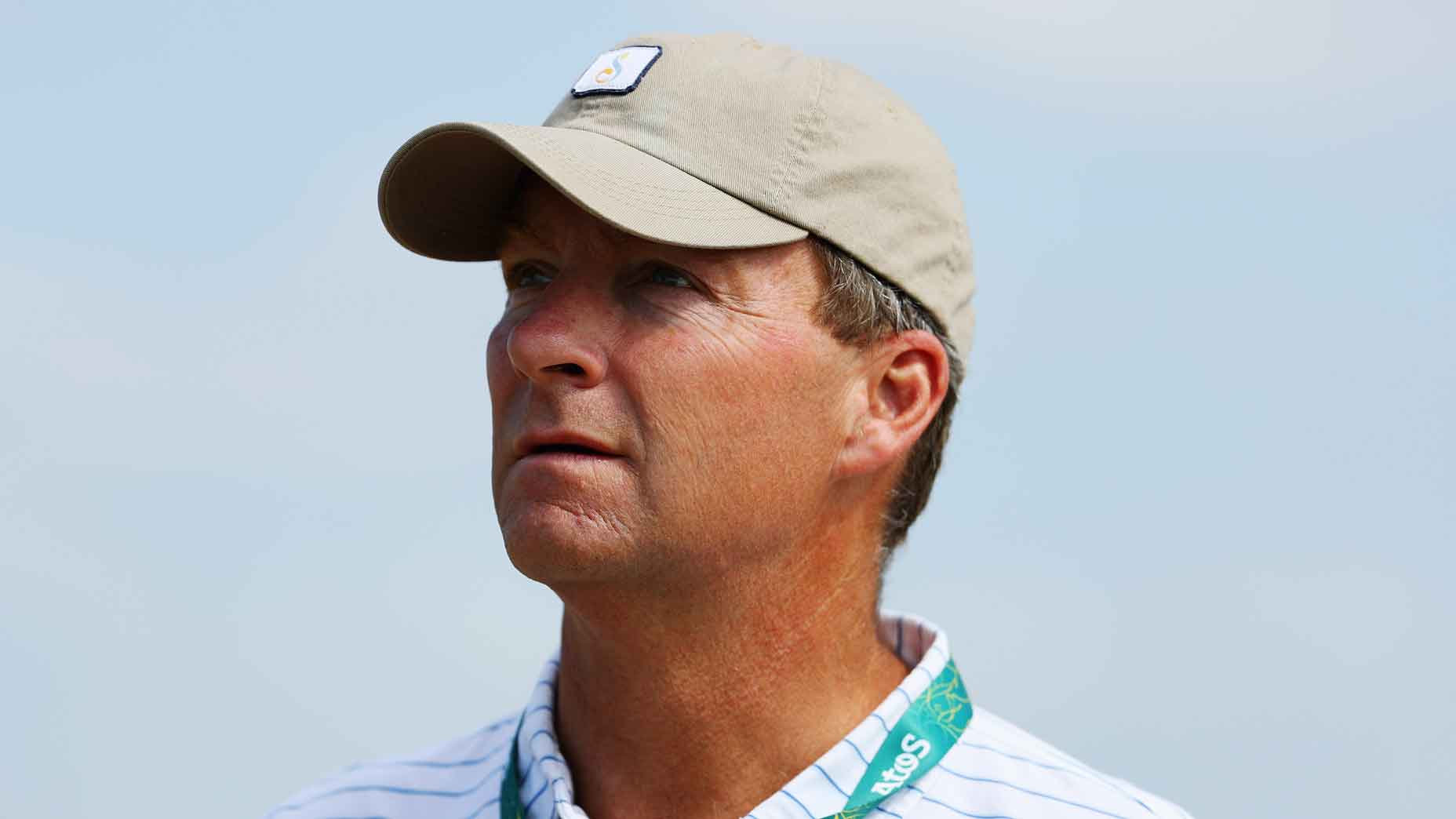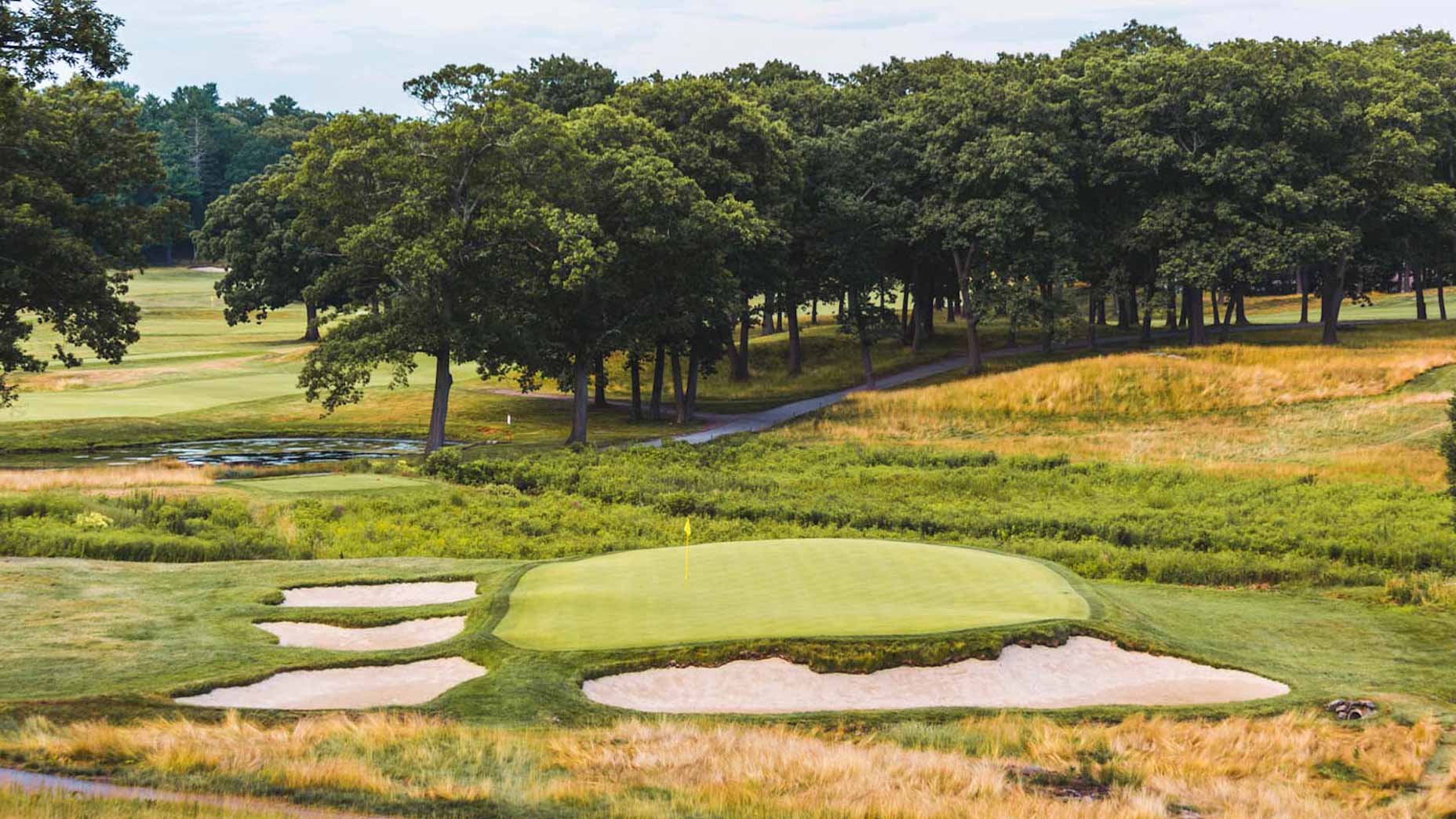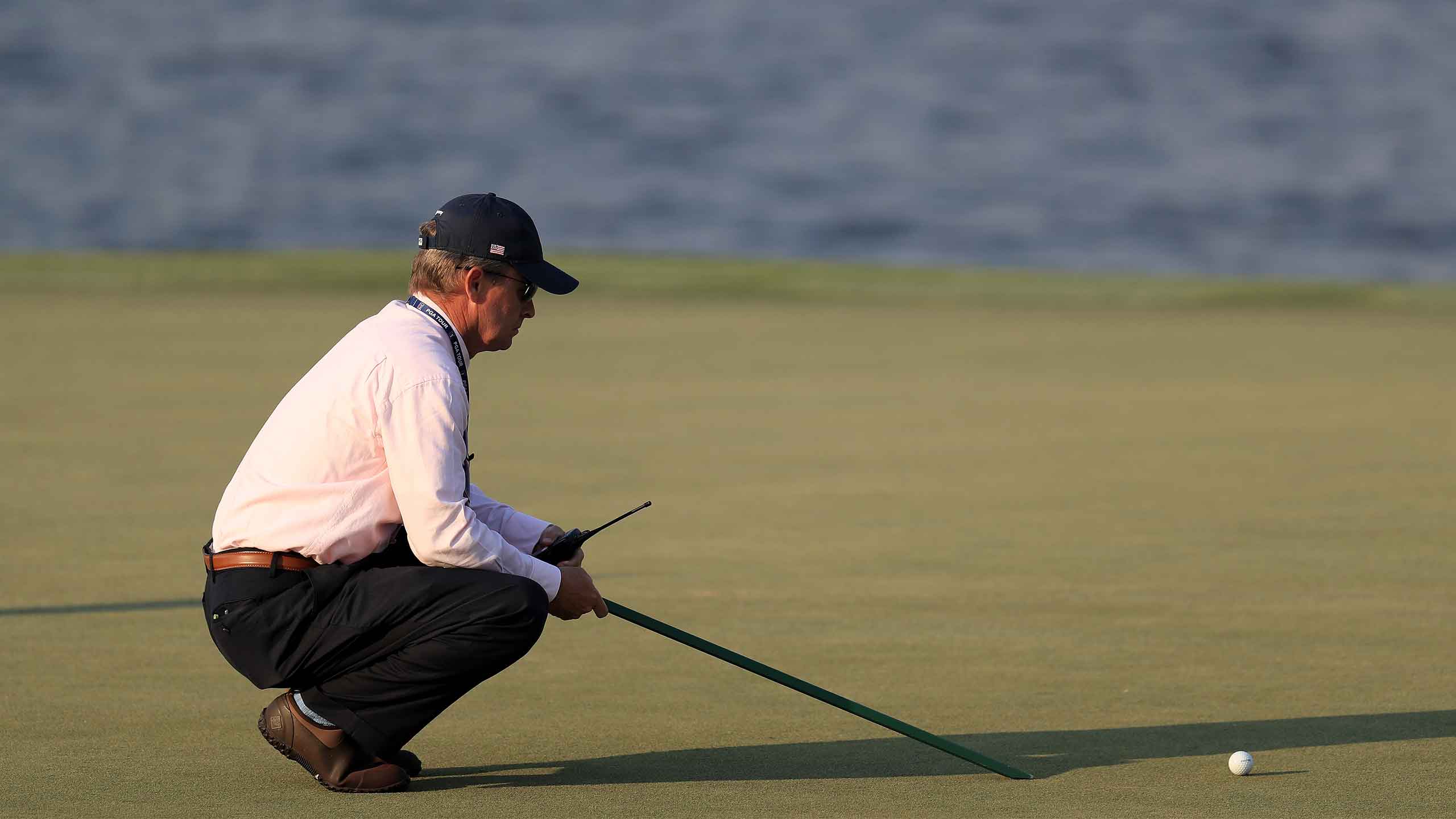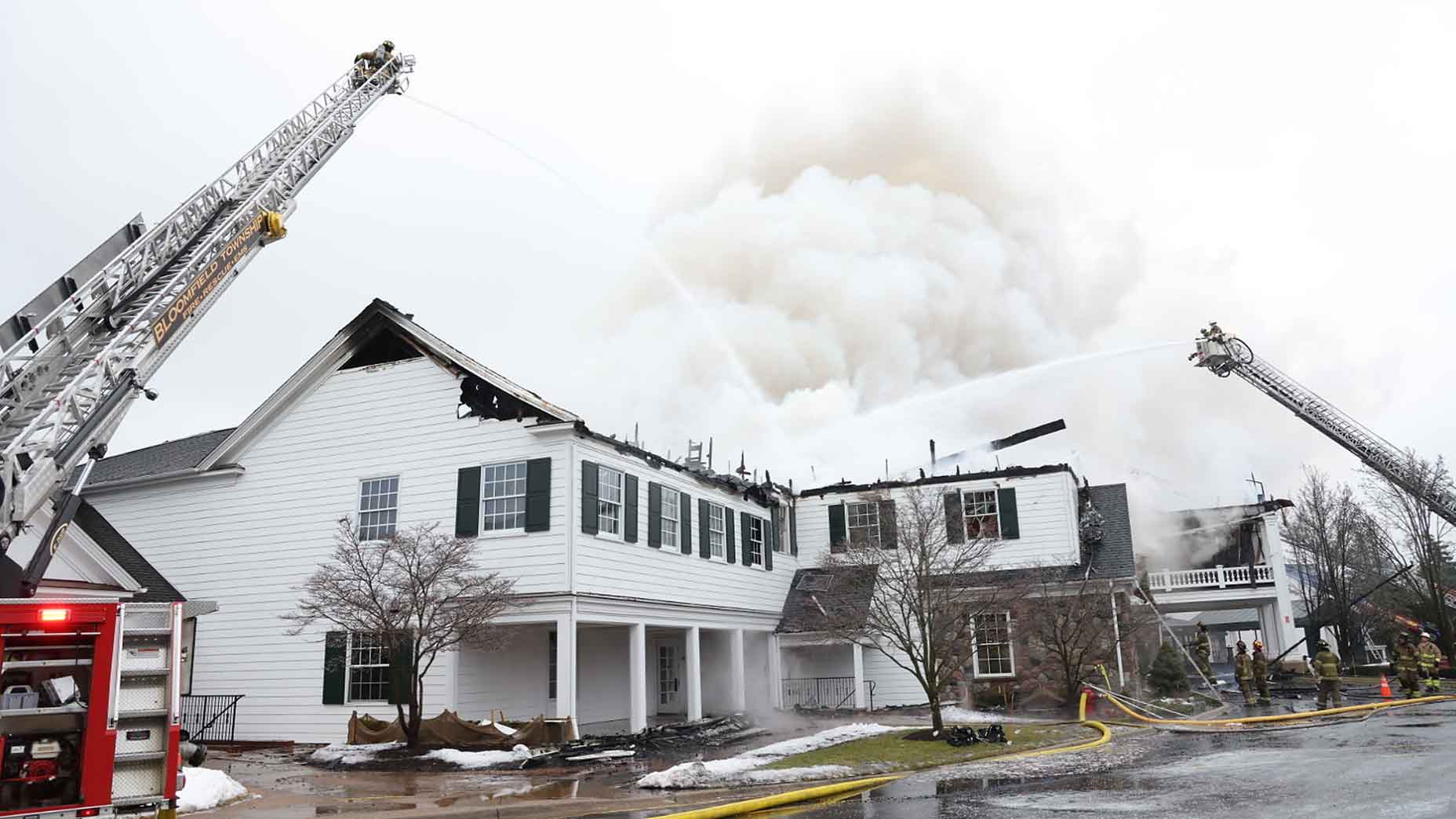What shots at Winged Foot have the ability to make or break a U.S. Open contender’s championship (and maybe his heart in the process)? We asked Gil Hanse to choose his top five.
1. THE THIRD PUTT ON THE 1ST GREEN
Because the first green is, arguably, the most treacherous, it’s important to keep the train on the tracks early. “If you’ve got a tough third putt, your mind could be scrambled and you could miss it,” Hanse says. “But if you get out of there with three putts, you’re fine — you’ve taken your medicine and you can still get your round started.”
2. THE DRIVE ON NO. 6
With so few birdie opportunities on the scorecard, players will come to the West Course’s shortest par 4 looking to make a 3. “This is a real boom-or-bust tee shot, and it comes with that extra mental strain,” Hanse says. “You can get a look at birdie, but if you get too aggressive and bring five into play, you’ll walk off shaking your head.”
3. THE TEE SHOT ON THE PAR-3 10TH
This is among the most photographed spots on the course and with good reason: right at Winged Foot’s turn a huge turning point. “It’s a difficult green to hold and it can just be such a critical shot in your round,” Hanse says.

4. THE SECOND SHOT ON NO. 14
Hanse admits this is a selfish selection, because he’s hoping the restoration will add significant intrigue to the run-up area at No. 14. If players miss the fairway, they’ll have to run up their approach and risk getting snatched by the bunker some 25 yards short of the green. Long-carry bunker shot over a false front to a tucked pin? No thanks.
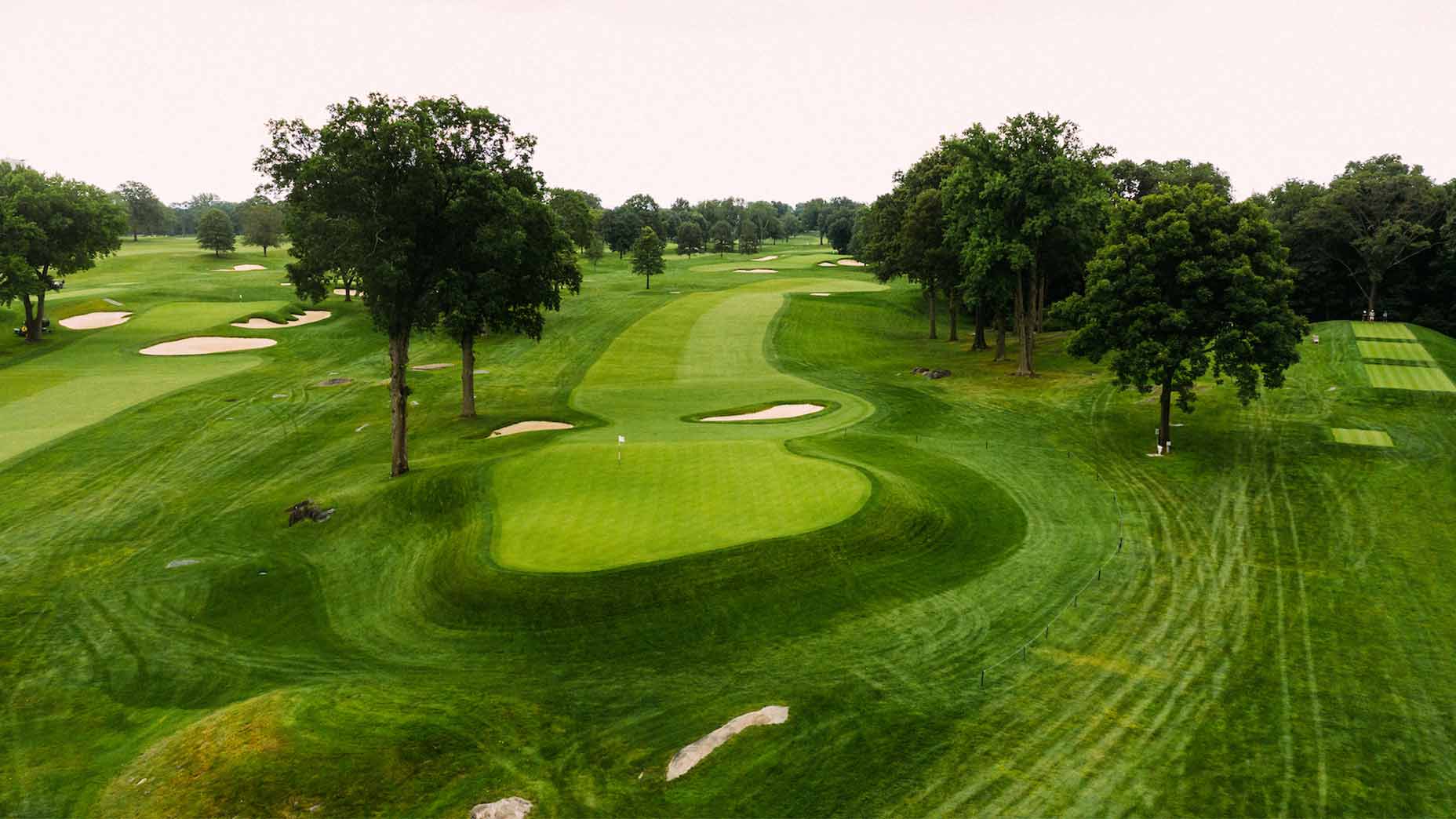
5. THE DRIVE ON NO. 18
If it feels obvious to call 18 a pivotal hole at a U.S. Open, it’s fitting, because there’s nothing subtle about this finisher. Find the fairway, first of all. “Maybe the second shot at 18, too,” Hanse muses, thinking about a player’s need to carry his approach past the false front. “Maybe your second putt, too,” he adds. “Because what if it’s a four-footer with a foot of break to win the Open? What then?” Exactly. What then? Here’s hoping we’ll find out.

